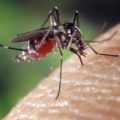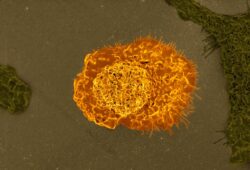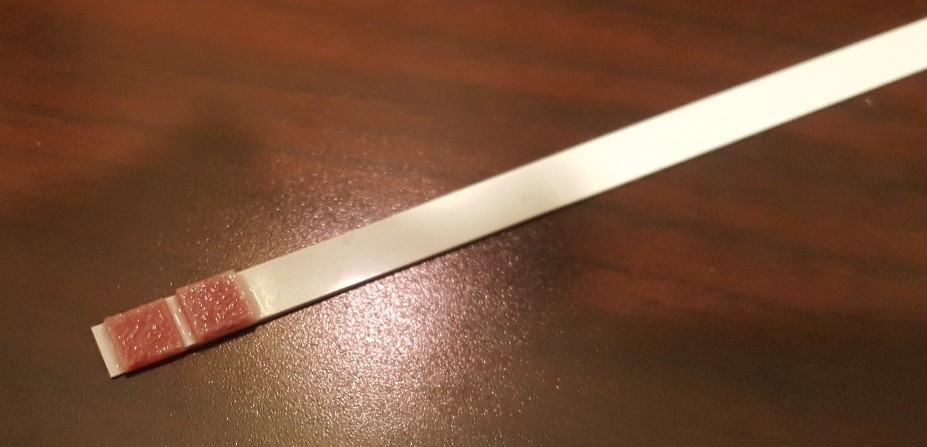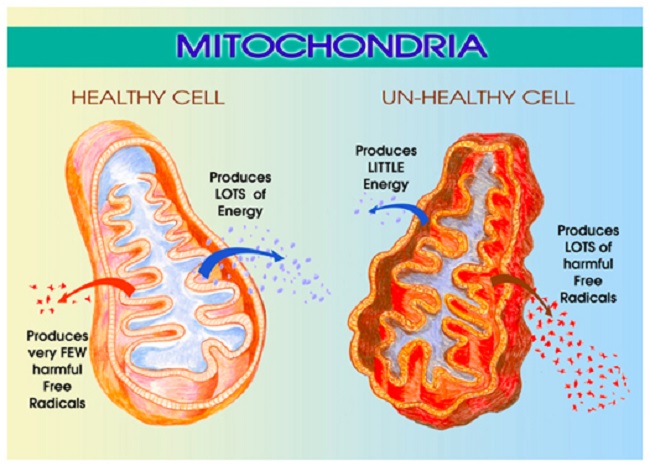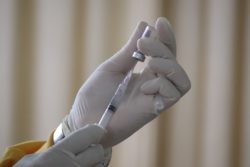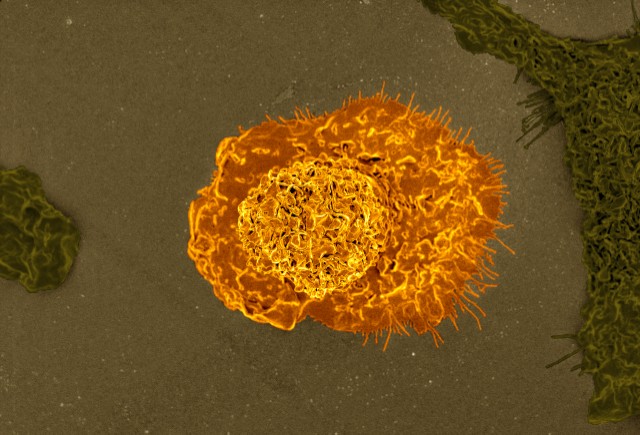As “fad” diets come and go, one theme among them has a bit more staying power than the rest, and that theme is carbohydrate restriction. On a related note, another common theme is to increase the protein content of the diet. A “fad” diet which has been around for about 100 years that encompasses both themes rather well is a ketogenic diet, and prior to delving into anything you may have been expecting to read in this article, we’ll take a moment to discuss the deliberate phrasing used with “a ketogenic diet” versus “the ketogenic diet,” as it is often positioned.
Keto Diet Variations
The ketogenic diet is typically 0-10% carbohydrate, 70-80% fat, and 15-20% protein (as a percentage of calories). The ranges encompass different disease states, so earlier on when the diet was developed for the treatment of epilepsy, carbohydrates and proteins may be kept at the lower ends, as people with epilepsy may require a “deeper” state of ketosis to manage their seizures. In more recent history, therapeutic ketogenic diets have been evaluated for the treatment of metabolic (obesity, diabetes, etc.), non-epilepsy neurological conditions (e.g., multiple sclerosis, Alzheimer’s, etc.), and other diseases. In some of these cases, the diet may be at the higher end of the aforementioned percentage ranges for carbohydrate and protein, particularly if the diet is hypocaloric (fewer than maintenance calories, e.g., a weight loss diet).
More broadly, “a” ketogenic diet is simply that – ketogenic. Ketones were/are generated, and therefore, the diet is ketogenic. The method through which a state of ketosis was obtained is somewhat irrelevant. Although, I would venture to say that fasting, aka starvation ketosis, doesn’t count, as it’s not a form of nutritional ketosis, but rather, it is anutritional ketosis, as you are, quite literally, without nutrition.
If your version of a ketogenic diet ends up being 15% carbs and 30% protein, but you’re kickin’ out ketones like it’s your job, that is still a ketogenic diet, and I see no reason that it should be referred to as anything else.
All that being said, understand that most of the research presented in this article is based on some variation of “the” ketogenic diet; the benefits of which are many.
Science-Backed Reasons for Keto Dieting
It is no secret anymore – ketogenic and low carb diets are effective for losing weight. It has really become quite difficult for the “experts” to continue to deny this fact, but it sure is enjoyable listening to them try!
Since it’s basically THE reason anyone has ever heard of a ketogenic diet in the first place, and it’s not material to discuss the nitty-gritty science stuff for the broad-level discussion we’re having, here are some quick stats on body weight and body fat in response to ketogenic dieting:
- Review of 13 RCTs: Low carb lost 4kg more weight after 6 months
- Review of another 13 studies containing 1,577 participants: ketogenic lost 2lbs more weight after 12 months
- 12-week RCT in patients with metabolic syndrome: low carb lost 4.9kg more weight in 12 weeks
- RCT featuring trained men: keto group lost 0.7kg more fat mass in 10 weeks
- Crossover study in gymnasts: Keto treatment caused 1.5kg and 0.7kg more weight and fat loss, respectively
Now that that is out of the way, here are some of the more medically novel applications.
Keto Dieting and Glucose Control
According to the NIDDK, “diabetes is a disease that occurs when blood glucose is too high.” For some reason, the obvious solution goes overlooked. If glucose is too abundant, why not just reduce glucose intake? It is still not very clear to me why this is such a radical, unacceptable idea particularly because the data support carbohydrate restriction as treatment for the disease. For example, the previously mentioned RCT in patients with metabolic syndrome also observed greater reductions in blood glucose and insulin.
One of my favorite – yes, I have favorites – studies on the topic ran for 44 months. After the initial 6 months, the researchers were ethically required to offer the low-carb treatment to control diet participants due to the robust effects the low carb diet had on resolving their diabetes. As of the final reporting, 3/26 total participants in the low-carb group had an incidence of cardiovascular disease (the fatal effects of diabetes typically manifest as cardiovascular disorders). By comparison 4/5 individuals who never switched to a carbohydrate restricted approach had a cardiovascular event, and 2 of those 4 died as a result; 11.5% vs. 80%. That is a huge difference in outcomes.
The Cholesterol Conundrum
On the topic of cardiovascular disease, what we often refer to as “cholesterol” (aka triglycerides, LDL, HDL, and VLDL) is a common scapegoat, and this subject is worthy of several articles in and of itself. The logic is that high blood lipids become atherogenic plaques and fatty infiltrations into healthy tissue, causing disease. The reality is we are CONSTANTLY training our metabolism to avoid breaking down fat, as it is designed to do, because of our high carbohydrate consumption. However, increased cholesterol levels are an effort by the body to protect itself, yet we “experts” reliably mistake correlations for causation.
We observe a person who dies of a heart attack or stroke as having had high “cholesterol,” so we blame the “cholesterol.” The first evidence of our misunderstanding is calling something like LDL “cholesterol.” It’s low-density lipoprotein, and cholesterol is its own thing entirely. Cholesterol is a sterol. LDL is a lipoprotein. Wood is not rock, and steel is not plastic. Sterols are not lipoproteins. If the world’s authoritative body on astrophysics routinely misidentified basic computational symbols like a plus sign, would we have confidence in their calculation of the size of the galaxy?
LDL just carries cholesterol. Hidden in that is a message – somewhere something in the body needs cholesterol! LDL is bringing it there. The body is smarter than the mind sometimes.
While we’re busy discouraging fat consumption, we fail to recognize that fat intake does not increase blood lipid levels in the first place. That’s a pretty big hole in the theory, if you ask me. Conversely, these data also show that increasing the carbohydrate content of the diet increase circulating saturated fats.
Look at that interesting contrast in practical terms. When we don’t eat carbs and eat fat instead, our bodies are fine maintaining blood glucose within the accepted range and saturated fat levels don’t change. When we do eat carbs, our bodies respond by working to decrease blood glucose and increase saturated fats. Again, the body is smarter – it is not trying to self-destruct.
We also conveniently overlook LDL particle size most of the time, instead opting to just refer to LDL as a whole. Large LDL particles are at least less atherogenic than small dense LDL, if they’re atherogenic at all. If and when a ketogenic diet affects LDL, they may only increase large LDL particles while decreasing small LDL particles.
High quality research examining ketogenic diets does not find them to be causative of heart disease, and ketone bodies themselves may reduce risk of CVD.
- Beneficial effects of ketogenic diet in obese diabetic subjects.
- A Low-Carbohydrate, Ketogenic Diet versus a Low-Fat Diet To Treat Obesity and Hyperlipidemia: A Randomized, Controlled Trial.
- Beyond weight loss: a review of the therapeutic uses of very-low-carbohydrate (ketogenic) diets.
- Effect of a low-carbohydrate, ketogenic diet program compared to a low-fat diet on fasting lipoprotein subclasses.
- Long term effects of ketogenic diet in obese subjects with high cholesterol level.
- Effect of a High Saturated Fat and No-Starch Diet on Serum Lipid Subfractions in Patients With Documented Atherosclerotic Cardiovascular Disease.
Of course, ketogenic diets are widely accepted as treatment for epilepsy, and research is emerging for other neurological and non-neurological diseases, such as PCOS and cancer. Take note, we’ve only been discussing clinical populations.
Keto in Non-clinical Populations
I’m in the camp of “any diet is probably better than no diet.” From the research perspective, it is pretty easy to see an effect of treatment when the treatment is compared to nothing. It’s a cynical perspective, the standard American diet and our food system is so poor that if we do literally anything different, we can see an improvement in health – one of the reasons vegan/vegetarianism and low-fat “works” in the short term. Eating actual food instead of manufactured crap is an improvement.
Now that we can say with reasonable confidence that carbohydrate restriction is healthy for improving symptoms of metabolic syndrome, is it possible that all that fat could be bad for people who are already healthy? Let’s take a look.
There are at least 2 longevity studies that have been conducted in rodents. In the first study, the mice were fed a diet of 95% fat, 5% protein diet or 56% carb, 27% protein, 17% fat. The mice eating a ketogenic diet survived 46 days longer, which translates to nearly 5 years in a human lifespan. In the second study, the rats were fed a diet of 89% fat, 10% protein, 1% carb or 65% carb, 18% protein, 17% fat diet. The keto rats survived an extra 117 days vs low-fat dieting rats, equal to approximately 10 human years. In each study, the ketogenic animals maintained a leaner body composition and exhibited a higher quality of life.
While we have yet to observe the diet long enough in healthy humans to determine an effect on longevity, we can take clues from existing data on health markers. If you’re thinking, “didn’t we just do that?” Yes, we did, but population sample is important because what might work for someone who is overweight, for example, may not hold true for someone who is not overweight.
One study in healthy participants following a ketogenic diet for 6 weeks (no control group) observed significant reductions in blood glucose, insulin, and triglyceride to HDL ratio despite an increase in total cholesterol within normal ranges (187 to 195 mg/dL).
A recent study comparing 3 low-carb treatments (ketogenic, low carb, and moderate carb restriction) in healthy participants for 12 weeks found reductions in body weight, waist and hip circumference, glucose, insulin, CRP, triglycerides, and triglyceride to HDL ratio despite an increase in total cholesterol within normal ranges (sound familiar?).
Keto Diets for Athletes
In my own research, our initial investigation on ketogenic dieting in resistance trained men observed no changes in blood glucose, insulin, triglycerides, HDL, or total cholesterol after 10 weeks. However, an increase in total testosterone was found in the keto group.
Most recently, along with my dissertation work comparing a ketogenic diet to a high-carb diet, we also examined a targeted ketogenic diet and targeted carbohydrate diet (these groups were identical except for consuming 20g of carbs pre-exercise) in healthy men and women. As an aggregate, ketogenic participants lost more weight as body fat, had reduced blood glucose, insulin, triglycerides, and cortisol. LDL was increased, but total cholesterol did not change overall. Moreover, blood pressure, heart rate, advanced glycation endproducts, CRP, ALT, AST, CK, T3, T4, TSH, testosterone, estrogens, SHBG, and DHEA were unchanged between groups. These data are in review.
By all available indications, these data suggest that a ketogenic diet is NOT harmful to the health of someone who is already considered healthy, and if anything, it promotes even better health. However, it is not without downside for athletes. The ketogenic diet, in all of its carbohydrate-devoid glory, can be detrimental to athletes’ performance. It does not need to be, however. An individual can maintain ketosis, at least for the most part, consuming “adequate” carbs and protein to support their athletic goals. The strategies used to accomplish this revolutionary approach are discussed in Part 2 of this series!
We Need Your Help
More people than ever are reading Hormones Matter, a testament to the need for independent voices in health and medicine. We are not funded and accept limited advertising. Unlike many health sites, we don’t force you to purchase a subscription. We believe health information should be open to all. If you read Hormones Matter, like it, please help support it. Contribute now.
Yes, I would like to support Hormones Matter.
This article was published originally on August 26, 2019.


